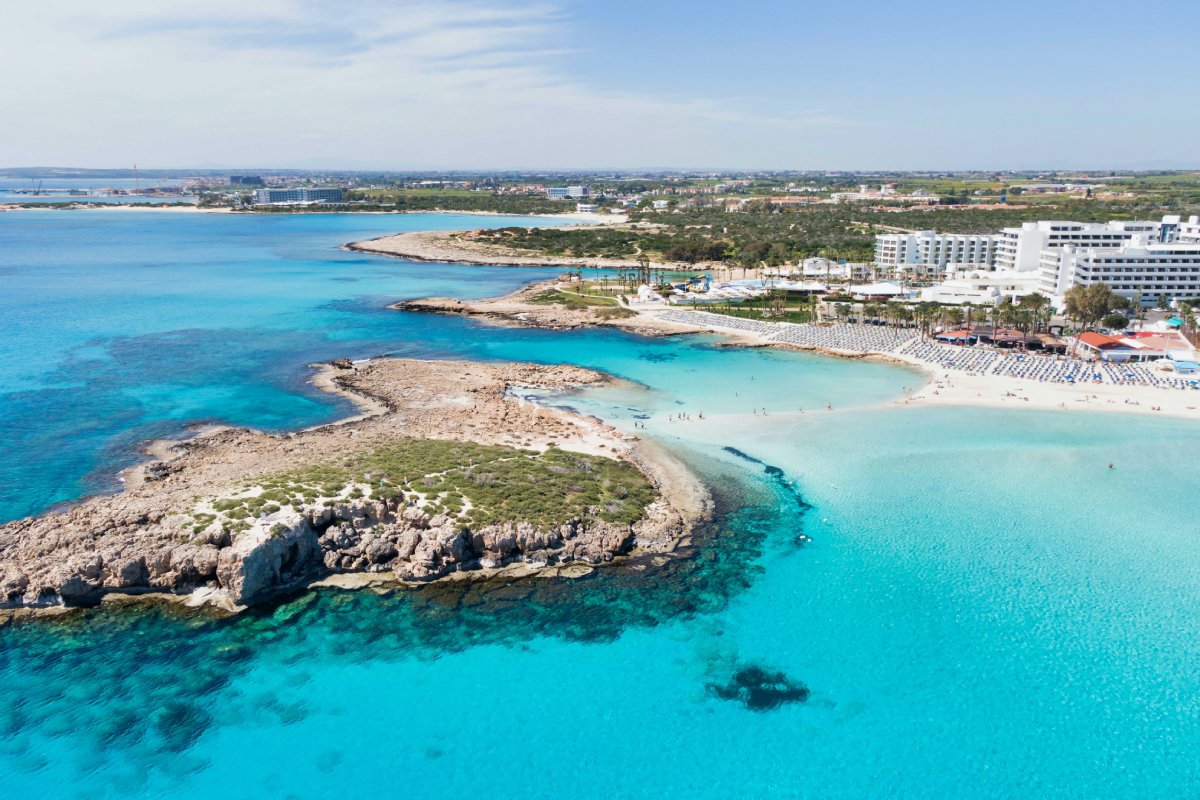Skift Take
Seems like the loss of the Russian tourist segment made Cyrpus' transition to a more sustainable approach to tourism easier.
Cyprus has been diversifying its visitor base and marketing approach as it fills the huge void left by the loss of Russians and Ukrainian tourists.
The island was hit by a double whammy — the pandemic and the loss of Russian and Ukrainian tourists. Like other European Union countries, Cyprus banned Russian flights to the island in response to the Ukraine War.
Russia has historically been a top market for Cyprus. Around 22 percent of the country’s tourist arrivals were from the Russian and Ukrainian market, and now it’s zero, according to Cyprus Deputy Tourism Minister Savvas Perdios. It was estimated to cost the country 600 million euros ($655 million today) in January 2022. Those tourists are now going to Turkey, Cyprus’ competitor in the region. In 2019, Cyprus had 3.9 million tourists, a record for the country.
The loss of the Russian market accelerated Cyprus’ pre-pandemic plans to pivot to a more sustainable approach and diversify its markets. Russian visitation was reaching its peak in 2019 and it was time to go after other markets, said the deputy minister.
After meetings with the industry in 2019, the ministry also decided the sun and sea focus wasn’t sustainable for the environment or the industry. While overtourism was not a problem yet, it was heading in that direction.“The more we continue with this approach, at some point, there’s not going to be anything left,” Perdios said. Plans, however, weren’t put on hold when the pandemic struck.
The country isn’t focused on increasing visitation anymore. It wants to develop its tourism sector in a more sustainable way, which includes developing and promote agrotourism, nature and cultural experiences on the island and sharing the benefits of tourism to locals all year-round.
Coming out of the pandemic, many destinations pivoted away from quantity-based tourism. A common pattern among them is to drive tourists to spend money and time around the destination and reduce pressure on local resources.
Cyprus tourism has historically been centered around its beaches. “Being an island, in the past most of the development had been focused on the beach resorts and the beach areas,” Perdios said. About 70 percent of visitors came from holiday package tours.
Beaches and resorts were popular with the banned Russian segment, which now goes to Turkey to enjoy such attractions.
Pivoting away from sun and sand can be formidable, especially for an island. One obstacle is the established public image, as noted by Frank Haas, president of Marketing Management, a hospitality marketing consultancy.
Part of its pivot includes promoting visitation to its overlooked villages and supporting their product development. The ministry now has a “Colorful Villages” certification where lesser known villages are labeled for their sustainability, authenticity, natural beauty and other attributes. Perdios said villages like Laneia, Arsos and Vouni have seen increased visitation.
Over 50 percent of all tourist arrivals are now individual tourists. These types of tourists tend to explore the destination more, travel more year-round and disperse their spending and they also incentivize airlines to add more flights, said the minister. The growth of such individual tourists reinforces the Skift megatrend of the emergence of the anywhere traveler looking for less obvious destinations.
Cyprus has also been courting airlines to expand air connectivity in the island these past few years. Wizzair and Ryanair both opened new bases and have been adding routes, capacity and flight frequency from Europe to the island to Europe. In November, Wizz Air announced plans to increase flight frequency from the base to Athens, Prague and Tel Aviv.
The increase in air connectivity no doubt helped Cyprus to replace the missing Russian segment. A greater share of tourist arrivals are coming from Germany, Poland, Hungary, France, Austria, Italy, Israel and Switzerland, according to Perdios. The country finished 2022 at around 90 percent of revenues compared to 2019 and 3.2 million visitors last year. The average stay in Cyprus rose to 10 days, up one day from 2019.
The Daily Newsletter
Our daily coverage of the global travel industry. Written by editors and analysts from across Skift’s brands.
Have a confidential tip for Skift? Get in touch
Tags: cyprus, destination marketing, russia, turkey, Ukraine War

